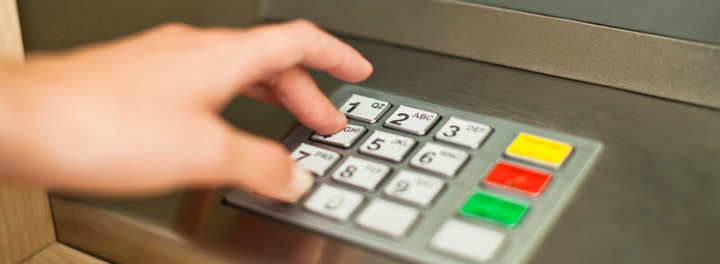In today’s fast-paced world, convenience is critical, especially when accessing your finances. Automated Teller Machines (ATMs) offer a quick and easy way to withdraw cash or perform other banking transactions. However, using another bank’s ATM can come with additional charges. This article explores the costs of using a different bank’s ATM, why these fees exist, and tips for minimizing these charges.
Understanding ATM Fees
When you use an ATM that is not affiliated with your bank, you might incur an out-of-network fee. This is a charge imposed by your bank for using another bank’s ATM. Additionally, the bank that owns the ATM might charge you a fee for the transaction, often referred to as a foreign ATM fee.
Types of Fees
- Out-of-Network Fee: Your bank charges an out-of-network fee for using an ATM outside its network. This fee can vary depending on your bank and account type.
- Foreign ATM Fee: This is the fee the ATM-owning bank charges for processing your transaction. This fee can also vary depending on the bank and the type of transaction.
- Balance Inquiry Fee: In some cases, both your bank and the ATM-owning bank might charge you a fee for checking your balance at a foreign ATM.
Why Do Banks Charge ATM Fees?
Banks charge ATM fees for several reasons:
- Maintenance Costs: ATMs require regular maintenance and servicing. The fees help cover these costs.
- Transaction Processing Costs: Banks incur costs when processing transactions through ATMs, especially involving different networks.
- Revenue Generation: Fees are a source of revenue for banks, helping them to maintain profitability.
How Much Are the Fees?
The fees for using another bank’s ATM can vary widely depending on your bank and the ATM-owning bank. On average, you might expect to pay around $1.50 to $3.00 for an out-of-network fee and a similar amount for the foreign ATM fee. Some banks charge a flat fee, while others base the charges on the amount withdrawn.
Tips to Minimize ATM Fees
To avoid or reduce the fees associated with using another bank’s ATM, consider the following tips:
- Use Your Bank’s ATM: Whenever possible, use your bank’s ATM to avoid out-of-network fees.
- Plan Ahead: Withdraw enough cash from your bank’s ATM to last you for a while, reducing the need to use another bank’s ATM.
- Look for Partner ATMs: Some banks have partnerships with other banks, allowing you to use their ATMs without incurring fees.
- Use Cash Back Options: Many retailers offer cash back when you purchase with your debit card, saving you from using an ATM.
- Monitor Your Account Fees: Regularly review your bank statements to keep track of any fees you may incur and adjust your habits accordingly.
Conclusion
While using another bank’s ATM can be convenient, knowing the potential fees involved is essential. By understanding the different types of fees and taking proactive steps to minimize them, you can save money and make the most of your banking experience. Always check with your bank and the ATM-owning bank for specific fee details to avoid surprises.
